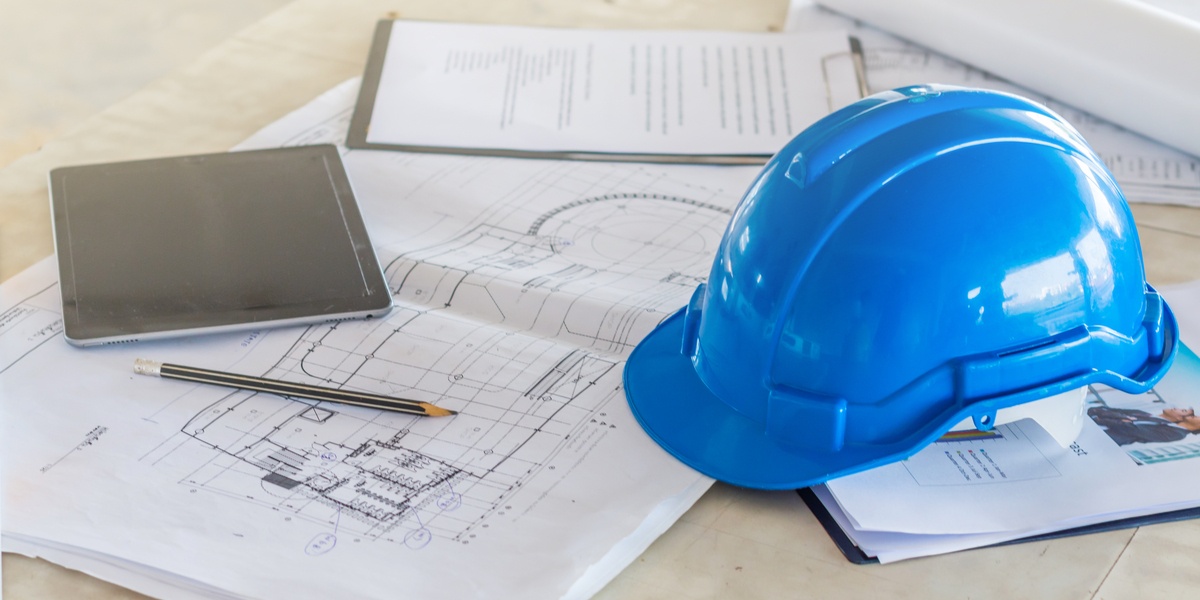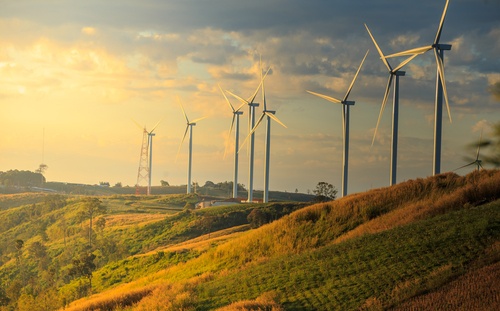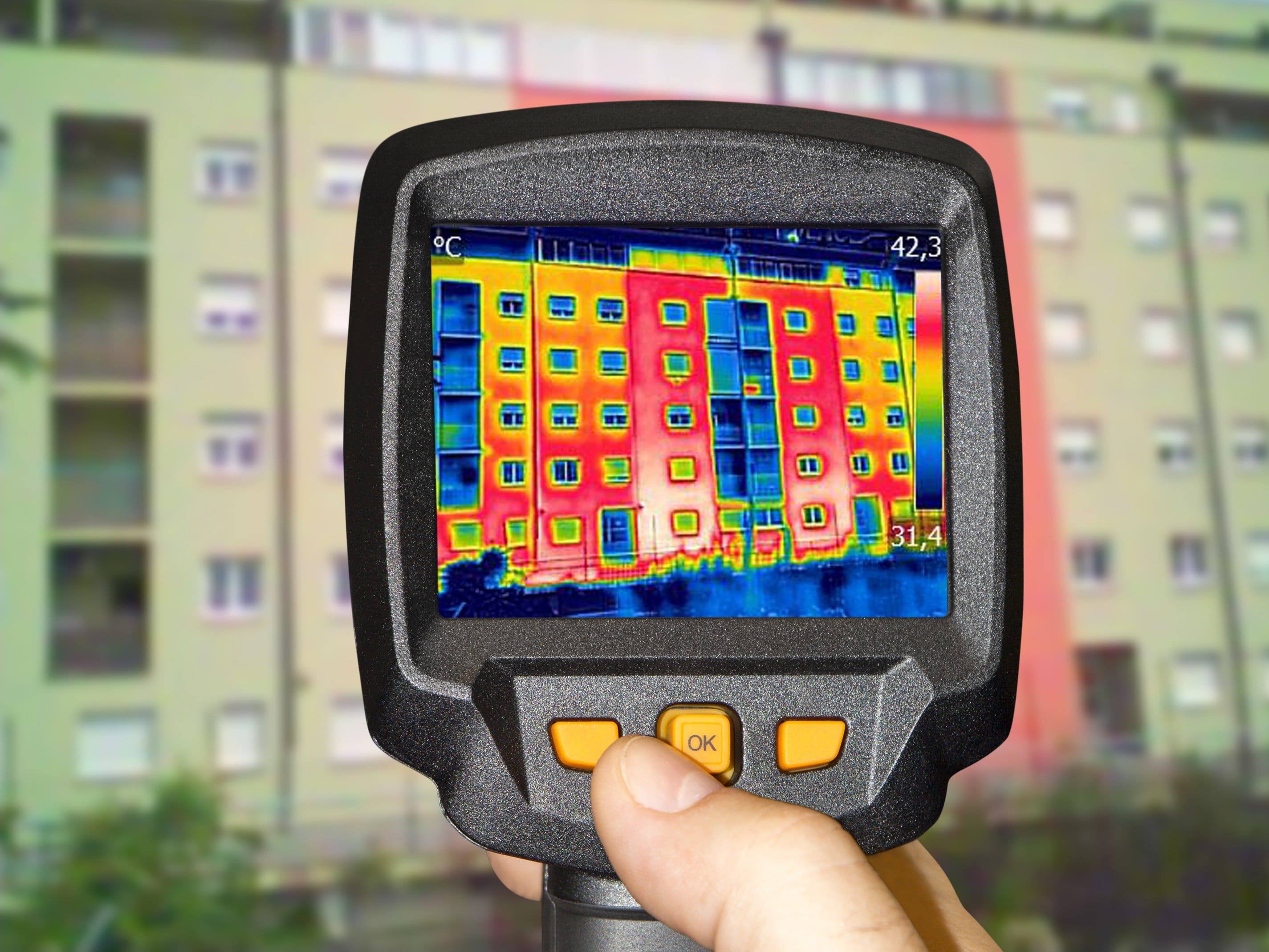Building Energy Audit (ASHRAE Level 2)
Identify the energy efficiency measures that offer the highest savings for your building, reducing power and gas bills.
We can help you obtain incentives from the government and energy companies, covering your building upgrade costs.
Lower your direct and indirect building emissions by saving energy, and avoid major penalties under Local Law 97.
A deep energy retrofit can greatly reduce your building’s electricity and fuel consumption. However, a building retrofit is a major investment, and the results achieved will depend on the combination of energy efficiency measures selected for the project. Each building has unique site conditions and energy consumption patterns, which means the same measures can achieve major savings in one property and minimal savings in another one.
With a professional energy audit, you can identify the building upgrades that will achieve the highest possible savings. From a financial standpoint, these are the energy upgrades that maximize the savings per dollar invested upfront. Energy savings also reduce your building’s greenhouse gas emissions, especially when you’re reducing the consumption of fossil fuels.
Many energy upgrades are analyzed as individual projects, even when several measures are being considered for the same building. Also, the savings are often estimated with “rules of thumb”, or using a typical savings percentage provided by manufacturers. However, this approach has many limitations:
On the other hand, a professional energy audit analyzes your building as a single system with interacting parts. Consultants use energy modeling software and other advanced tools to predict your savings more accurately, allowing better investment decisions. With this approach, consulting engineers can identify the most effective energy upgrades for your building, while ruling out those that offer minimal savings relative to their cost.
An energy audit carried out by professionals will also help you qualify for incentive programs, which reduce the cost of your project. In some cases, you can combine financial incentives from multiple sources and reduce your out-of-pocket costs to zero.
NY Engineers can offer an ASHRAE Level 2 Energy Audit for your building while helping you qualify for incentives. Our expert engineers can also file and approve retrofit projects with the local building department without delays. If you’re a building owner in New York City, a professional energy audit can also help you meet multiple local laws, such as the following:
According to a study by the Rocky Mountain Institute, the costs of energy retrofits can range from $25 to $150 per square foot of building space. By getting a professional energy audit first, you can ensure that this investment is not wasted. You can also qualify for financial incentives to cover your project costs.

Electricity is often regarded as a cleaner form of energy than natural gas and heating oil. However, this is only true for clean technologies like solar panels and wind turbines, not for coal and gas-fired generation. There are two main ways to reduce building emissions resulting from electricity consumption:
Local Law 97 of 2019 provides emission factors for multiple energy sources, and this includes electricity from the NYC grid: 0.000288962 metric tons of CO2 equivalent per kilowatt-hour. In other words, a building produces 289 grams of indirect emissions for each kilowatt-hour consumed from the grid.
With a professional energy audit, you can identify the building upgrades that will save the most kilowatt-hours during their service life. As a quick example, let’s assume you get an energy audit, and the consultants identify potential upgrades that can save 500,000 kWh per year:
As mentioned above, a building energy retrofit can be an expensive project with a long payback period. However, NY Engineers can help you qualify for financial incentives that reduce your out-of-pocket costs, shortening the project payback period while increasing its return on investment.
.png?width=1800&height=700&name=shutterstock_1642042078%20(1).png)
Many buildings rely on natural gas for space and water heating, and this represents a major energy expense in places with cold winters. However, there are several factors that increase the heating cost of buildings, and many of them remain undetected until you get an energy audit:
Building envelope upgrades not only save on space heating during the winter months, but also on air conditioning during summer. An efficient envelope reduces heat flow in both directions, which means the building can keep more heat inside during winter, while minimizing heat gain during summer.
With only a visual inspection, you can’t determine the insulation level of walls, roofs and floors. You can have two wall sections that look identical, and their insulation levels could be very different. However, consulting engineers can use thermal imaging cameras to visualize heat movement through your building envelope, and they can pinpoint areas that lack insulation.
Local Law 97 also provides emission factors for natural gas and other fossil fuels that are commonly used in NYC buildings. The following tables summarizes these factors, and also the emissions avoided for every 100,000 BTU saved:
|
Type of Fuel |
Emission Factor |
Emissions Avoided per 100 kBTU |
|
Natural gas |
0.00005311 tCO2eq / kBTU |
5.311 kg |
|
#2 fuel oil |
0.00007421 tCO2eq / kBTU |
7.421 kg |
|
#4 fuel oil |
0.00007529 tCO2eq / kBTU |
7.529 kg |
In this example, we’re comparing the three fuel types based on the same amount of energy (100,000 BTU). However, note how the emissions of natural gas are 28.4% less than those of #2 fuel oil, and 29.5% less than those of #4 fuel oil.
When upgrading from oil to gas heating, you can also use the opportunity to install a more efficient boiler or furnace. This reduces both your heating costs and your emissions, while helping you avoid penalties under Local Law 97.

An energy audit can propose building upgrades that will lower your energy consumption, and this reduces your bills and emissions. However, depending on the conditions found in your building, you may also get recommendations that focus on switching to cleaner energy sources. The following are some examples:
An energy source conversion can often reduce your operating costs, building emissions, or both. In the case of NYC, you save on both energy bills and LL97 emission penalties. For example, if you install solar panels on a commercial building, each kilowatt-hour generated by them subtracts 289g of CO2-equivalent from your annual emissions
Electric heat pumps have a major potential to cut building emissions, since they can match the operating costs of gas heating without the associated emissions. By combining heat pumps with clean generation, it’s possible to heat building interiors and water with zero emissions. Geothermal heat pumps have a high upfront cost, but they can achieve low-cost heating and cooling while using only electricity.

Many energy efficiency measures are implemented with only a basic analysis: their savings are estimated with simple “rules of thumb”, or based on typical percentage savings advertised by equipment vendors. This approach is useful as a starting point, since it provides a rough estimate of the energy savings you can expect. However, a more accurate analysis is strongly recommended before a major investment decision.
Energy efficiency upgrades are often analyzed independently from each other, but this approach does not consider how different measures interact. Some energy efficiency measures achieve synergy, which means the combined savings are higher than the sum of individual savings. However, there are also cases where specific measures interfere with each other. This type of behavior can only be analyzed accurately with energy modeling.
You may have access to financial incentives that cover the cost of an energy upgrade, and in this case your net costs are minimal or even zero. However, these incentive programs tend to have stringent requirements, and you must prove that the measures planned for your building will actually work. An energy audit can help you qualify for these incentive programs, since you can submit a report prepared by professional consultants.
NY Engineers can offer you an energy audit, which will identify the most promising upgrades for your building. We can estimate your electricity and fuel savings, along with the avoided carbon emissions. If your building is in NYC, we can also estimate the LL97 emission penalties you will save after the energy retrofit.
Once we have identified a list of promising energy upgrades for your property, we can design the retrofit project and get it approved by the local building department. We also offer construction management and commissioning services, and we can help you obtain incentives and low-interest financing for the project. After your energy retrofit is completed, you can also rely on NY Engineers for recommissioning and maintenance services.